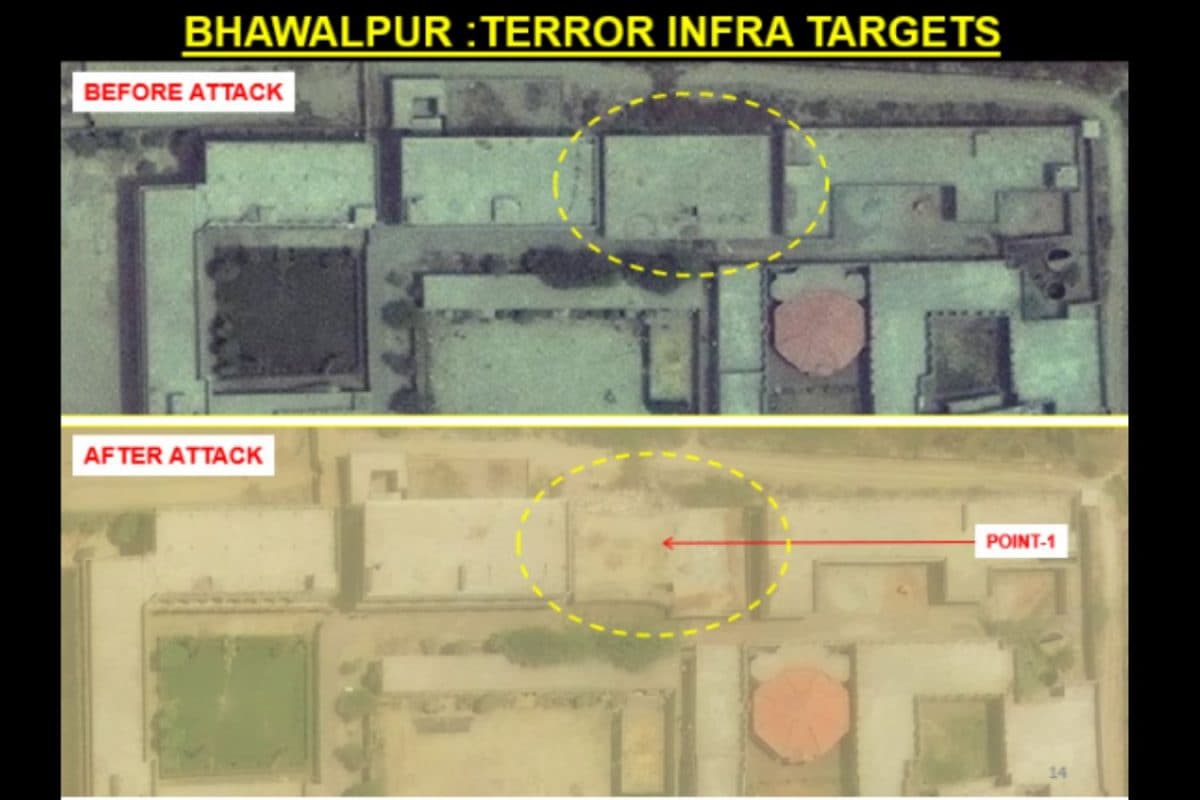

In the wake of recent cross-border strikes and escalating tensions between India and Pakistan, a war of narratives has unfolded, with both sides presenting conflicting accounts of events. While India has provided concrete evidence to support its claims, Pakistan's press briefings have been marked by misleading information and recycled content, raising serious questions about the credibility of Islamabad's narrative.
Following the deadly Pahalgam attack on April 22, which India blamed on Pakistan-based Lashkar-e-Taiba, India launched "Operation Sindoor" in retaliation, targeting what it called "terrorist infrastructure" inside Pakistan. In response, Pakistan claimed to have inflicted significant damage on Indian military facilities, including airbases and air defense systems. However, these claims were quickly refuted by India, which presented visual evidence to debunk Pakistan's assertions.
In a special press briefing, Indian officials, including Foreign Secretary Vikram Misri, Army Colonel Sofiya Qureshi, and Air Force Wing Commander Vyomika Singh, addressed the media to counter Pakistan's "tissue of lies". They dismissed allegations that India's S-400 missile system had been neutralized or that major Indian airbases had been rendered inoperative. Colonel Qureshi presented time-stamped images of air force stations in the Punjab and Rajasthan sectors, showing that the runways were intact and that normalcy had been restored. Wing Commander Singh also refuted claims about the destruction of airfields at Srinagar, Jammu, Pathankot, Bhuj, and Naliya.
Furthermore, India accused Pakistan of spreading fabricated allegations that the Indian Armed Forces had targeted mosques. Indian officials vehemently denied these claims, emphasizing that India is a secular nation and that its armed forces hold all places of worship in the highest regard. They clarified that their operations were aimed exclusively at terrorist camps and facilities being used for anti-India activities.
In contrast to India's evidence-based approach, Pakistan's press briefings have been characterized by misinformation and the use of doctored or outdated materials. For instance, Pakistan's DG ISPR Ahmed Sharif Chaudhary presented manipulated satellite images, falsely claiming successful strikes on Indian airbases in Jammu and Udhampur. However, authentic imagery revealed that the images were predated and manipulated.
Moreover, Pakistan has made several unsubstantiated claims, such as the destruction of an airbase at Udhampur, an airfield at Pathankot, and an Indian artillery storage in Dehrangyari. They also alleged that Pakistan's cyber attacks had made 70% of India's electricity grid "dysfunctional" and that India used its Udhampur airfield to fire missiles on Sikhs in Amritsar. These claims were dismissed by India as part of Pakistan's "continued malicious misinformation campaign".
The contrasting approaches to disseminating information reflect the differing strategies employed by India and Pakistan in the wake of the recent tensions. India has focused on presenting verifiable evidence and maintaining transparency, while Pakistan has resorted to spreading misinformation and propaganda. This has led to a credibility gap, with India's narrative gaining more traction and Pakistan's claims being met with skepticism.
Despite the ceasefire agreement reached between the two countries, the information war continues, with both sides vying to shape the narrative and influence public opinion. It is crucial for the international community to discern between facts and falsehoods and hold both sides accountable for their actions. The spread of misinformation only serves to exacerbate tensions and undermine efforts to achieve lasting peace in the region.